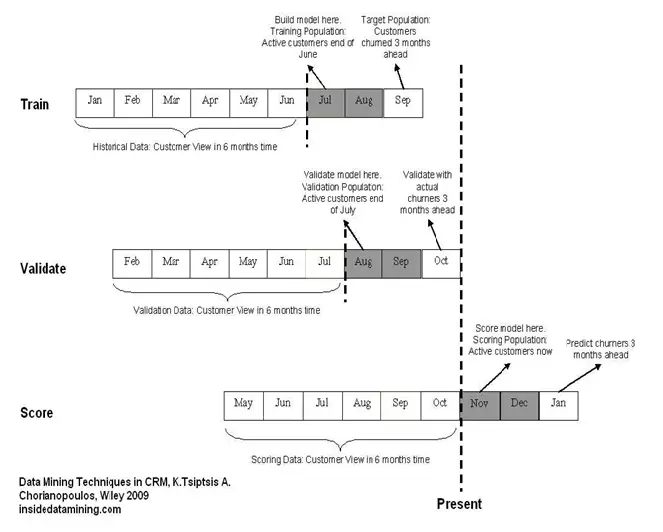The concepts and capabilities of data mining

Hi,
I am facing a problem and now sharing with all of you.
There is a second part of my question. So tell me that the concepts and capabilities of data mining.
My friend sent me its answer, but I am not satisfied with his answer.
That’s why, I share my problem with all of you.
So please solve my problem as soon as possible.
Thanks in advance.













